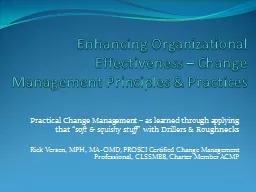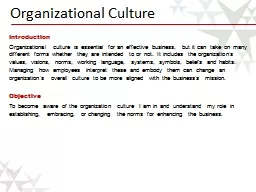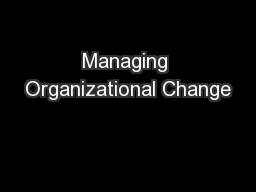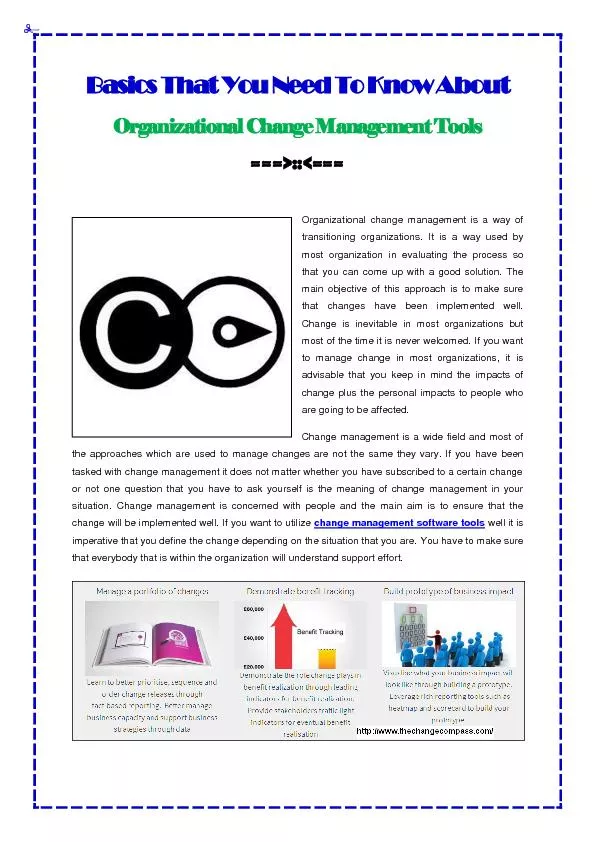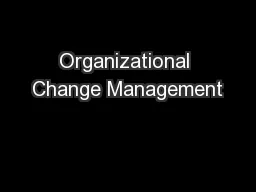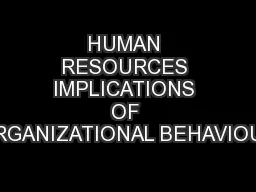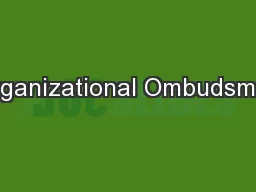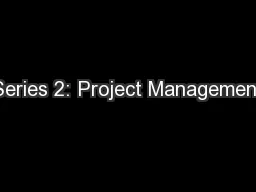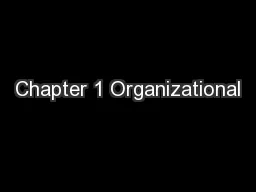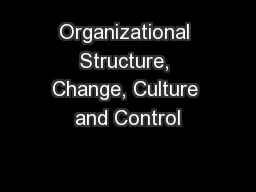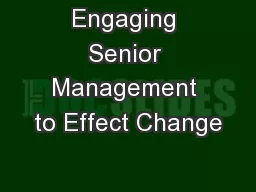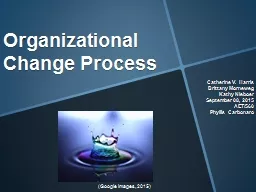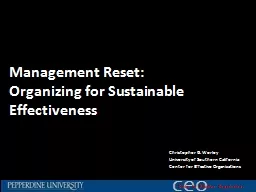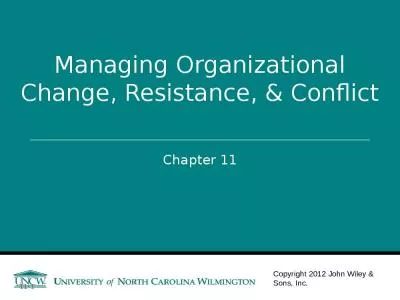PPT-Enhancing Organizational Effectiveness – Change Management Principles & Practices
Author : myesha-ticknor | Published Date : 2018-10-27
Practical Change Management as learned through applying that soft amp squishy stuff with Drillers amp Roughnecks Rick Versen MPH MAOMD PROSCI Certified Change
Presentation Embed Code
Download Presentation
Download Presentation The PPT/PDF document "Enhancing Organizational Effectiveness �..." is the property of its rightful owner. Permission is granted to download and print the materials on this website for personal, non-commercial use only, and to display it on your personal computer provided you do not modify the materials and that you retain all copyright notices contained in the materials. By downloading content from our website, you accept the terms of this agreement.
Enhancing Organizational Effectiveness – Change Management Principles & Practices: Transcript
Download Rules Of Document
"Enhancing Organizational Effectiveness – Change Management Principles & Practices"The content belongs to its owner. You may download and print it for personal use, without modification, and keep all copyright notices. By downloading, you agree to these terms.
Related Documents

